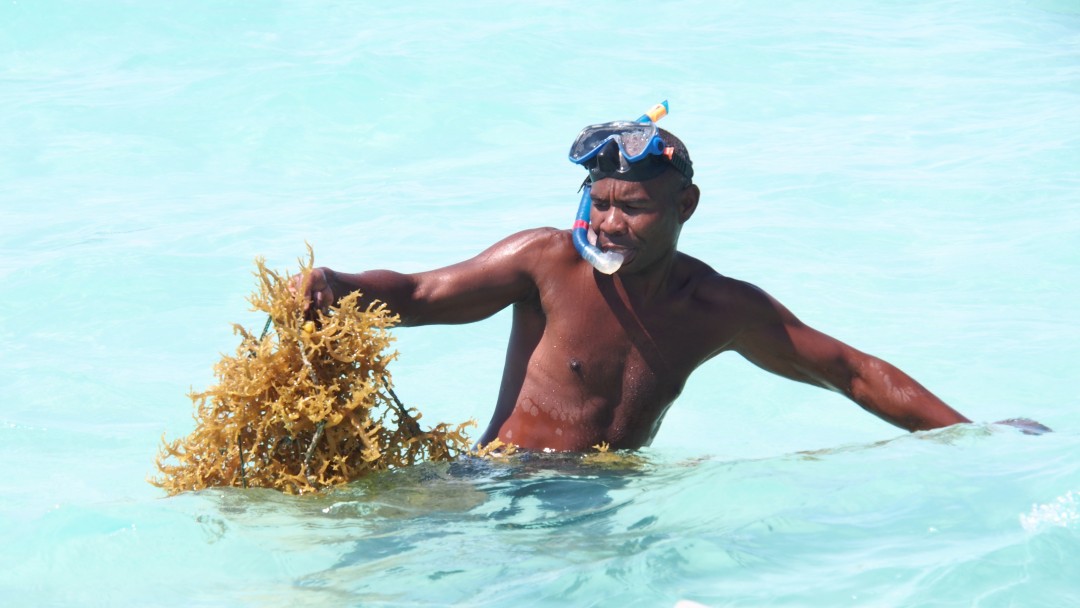
Madagascar is a hotspot of biodiversity, both on land and in the water. More than 800 species of fish live along the island’s nearly 5,000 kilometres of coastline. They are threatened by overfishing. The communities along Madagascar’s coasts are dependent on the sea for their livelihoods – but in the future they will be expected to adhere to self-imposed regulations to safeguard the richness of fish species in the long term.
Madagascar is one of the poorest countries in the world. Almost two thirds of the population of 27 million are considered poor. The poorest Madagascans in particular are dependent on fishing and cutting mangrove wood. Mangrove forests have been cut down, even though they protect against tropical storms and floods and serve as spawning grounds for many fish species. Use of the mangrove forests is prohibited, but protection regulations are hardly ever monitored and rights of use have even been granted. The wood is used for the production of charcoal as well as for firewood and construction. Wood energy is by far the most important energy source on the island.
Not only the mangrove forests are endangered: overfishing and unsustainable fishing methods threaten the natural species richness of coastal waters. Not only has industrial fishing contributed to this development, the local population has also overexploited the stocks. Fish, crayfish and octopus populations near the coast have declined, and with them the fishing yields of local residents. KfW is now supporting the local population on behalf of the German Federal Ministry for Economic Cooperation and Development (BMZ) with more than EUR 17 million to promote more sustainable use of their resources and protect the mangrove forests. Alternative sources of income will also be created for the coastal inhabitants.
Protection regulations are more likely to be complied with if they have been developed by the people affected. KfW therefore supports locally active NGOs such as WWF or Blue Ventures in establishing regulations for the use of coastal waters together with the inhabitants, which also include indigenous groups. Protected areas are designated, seasonal resting periods for marine animals are defined and adapted fishing instruments are purchased. This helps the local municipalities to sustainably manage the mangroves and marine resources.
The local residents themselves organise patrols to monitor the protected areas. Local tribunals are designated to punish violations of the new regulations. The protection of marine animals can produce fast results: experience shows that fish stocks recover after a short period of time if they are fished less, and in the case of some species such as octopus after only six months. Temporary income losses will therefore be compensated in the medium term. New sources of income can be provided by aquaculture, algae farms or breeding mangrove crabs. The construction of warehouses and refrigeration facilities is intended to help to improve fish sales.
A total of more than 100,000 people will benefit from the project, namely the inhabitants of 138 villages in six regions. Most people, especially in the southern coastal areas, are very poor. Protecting the natural resources in their regions is intended to help stabilise or even improve their income in the long term, while making an important contribution to marine protection.
Share page
To share the content of this page with your network, click on one of the icons below.
Note on data protection: When you share content, your personal data is transferred to the selected network.
Data protection
Alternatively, you can also copy the short link: https://www.kfw-entwicklungsbank.de/s/enzBXnDr
Copy link Link copied